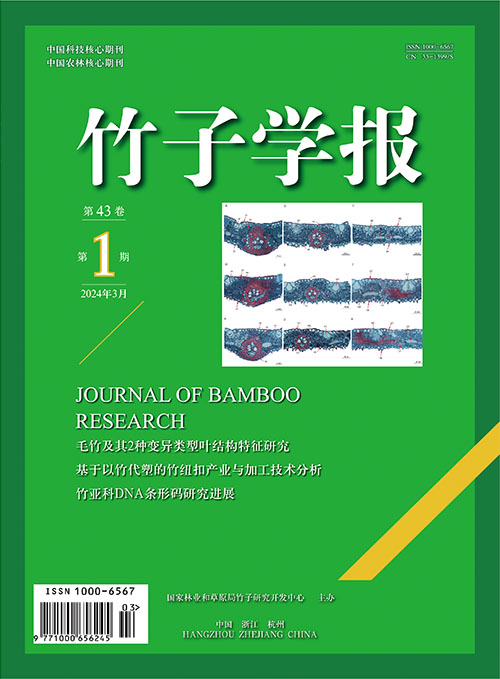2020 Vol. 39, No. 2
Display Method:
2020, 39(2): 1-3.
Abstract:
2020, 39(2): 4-10.
Abstract:
2020, 39(2): 11-14.
Abstract:
2020, 39(2): 15-18.
Abstract:
2020, 39(2): 19-24.
Abstract:
2020, 39(2): 25-29.
Abstract:
2020, 39(2): 30-36.
Abstract:
2020, 39(2): 37-44.
Abstract:
2020, 39(2): 45-50.
Abstract:
2020, 39(2): 51-59.
Abstract:
2020, 39(2): 60-65.
Abstract:
2020, 39(2): 66-73.
Abstract:
2020, 39(2): 74-78.
Abstract:
2020, 39(2): 79-84.
Abstract:
2020, 39(2): 85-88.
Abstract:
2020, 39(2): 89-93.
Abstract:



